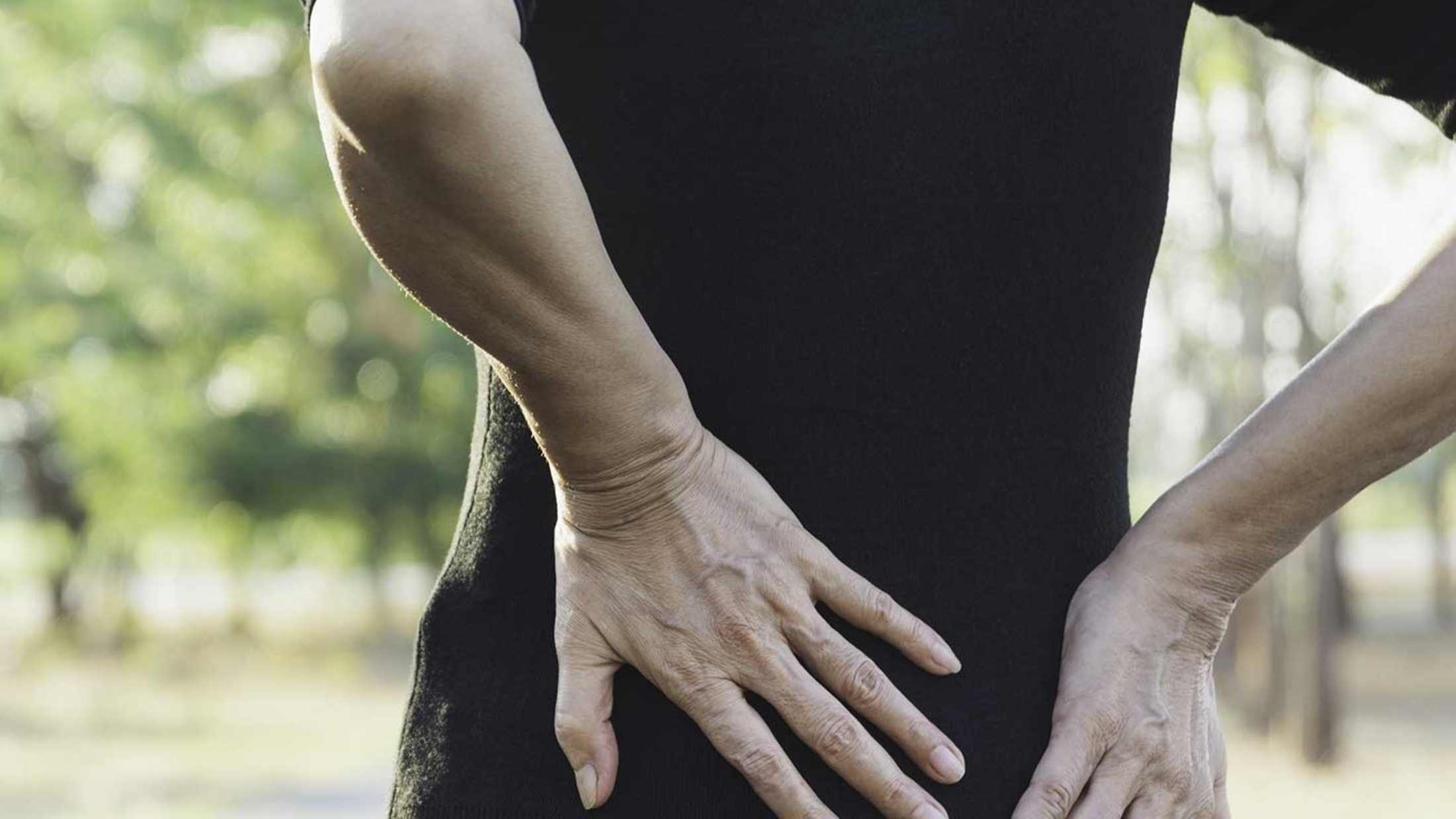Every day, we share the streets with a variety of road users. Understanding how to drive safely around them not only protects them, but also keeps you and your passengers safe. Plus, driving safely helps reduce accidents, which means less stress for everyone on the road.
Here are our tips to make sharing the road a smoother experience for all:
- How to drive safely around cyclists
- How to drive safely around motorcyclists
- How to drive safely around horses and horse riders
- How to drive safely around learner drivers
How to drive safely around cyclists
Cyclists are a common sight on the roads, and they need special care. Here are some tips for sharing the road with cyclists:
-
Learn the ‘Dutch Reach’
The Dutch Reach is a technique designed to make you look for cyclists before you swing your door open. Use your left hand when opening your driver’s side door (or your right hand when exiting from the passenger side).
You can find out more about the Dutch Reach from Cycling UK.
-
Keep your distance
When passing cyclists, leave at least 1.5m between your car and the cyclist. You’ll need to leave a little extra space if it’s dark, or there are gusts of wind.
-
Pay attention to junctions
Be particularly cautious at junctions, where many accidents occur. Cyclists may be traveling straight while cars are turning.
-
Respect bike lanes
Don’t park in bike lanes. Cyclists need a safe path to ride, and parked cars cause dangerous obstructions.
How to drive safely around motorcyclists
Motorcyclists are more exposed than drivers in cars, making them vulnerable on the road. Here are some tips to help you share the road safely with them:
-
Check your blind spots
Always check your mirrors and blind spots before changing lanes or turning. Motorcycles can be harder to see than cars and may be driving on a different part of the road than you’re expecting.
-
Give space
Maintain a safe distance when following a motorcycle. Allow at least a three-second gap to give them room to manoeuvre.
-
Use your indicators
Always signal your intentions clearly to help motorcyclists anticipate your moves.
-
Watch the weather
Be extra cautious in wet or windy conditions. Motorcycles can be harder to control in bad weather.
The Highway Code offers some extra guidance for drivers around motorcyclists and cyclists.
How to drive safely around horses and horse riders
Horses and their riders are another group of vulnerable road users. It’s important to take extra care to avoid causing injury the horse and the rider. Here’s how to drive safely around them:
-
Slow down
Reduce your speed when approaching horses. Horses can be startled by loud noises or quick movements.
-
Keep a safe distance
Give horses plenty of room when passing. Aim for at least a car's width to ensure their safety.
-
Watch for signals
Horse riders may signal you to slow down or stop. Pay attention to their hand gestures.
How to drive safely around learner drivers
Learner drivers are still gaining experience. It’s important to be patient and understanding. Here are some tips to help:
-
Be patient
Learner drivers may take longer to make decisions or execute manoeuvres. Give them time – remember you had to learn once, too!
-
Don't tailgate
Maintain a safe distance behind learner drivers. This gives them room to make mistakes and helps prevent accidents.
-
Anticipate their moves
Learner drivers might hesitate at roundabouts, junctions or when changing lanes. Stay alert to their actions – they won’t have the experience you do, and your safe driving could be the thing to prevent an accident.
There’s also rules for driving near learner drivers and horse riders listed in the Highway Code. Give them a read to make sure you’re driving as safely as possible.
Sharing the road safely is everyone's responsibility. By checking blind spots for motorcyclists, slowing down for horses, keeping distance from cyclists, and being patient with learner drivers, you can help improve road traffic safety.
Remember, a little caution and respect can create a safer environment for all. By implementing these practices, you can contribute to a safer driving experience for everyone on the road.








